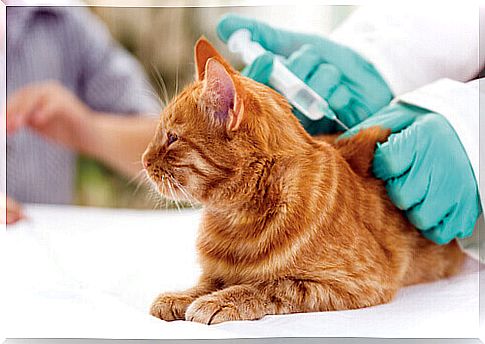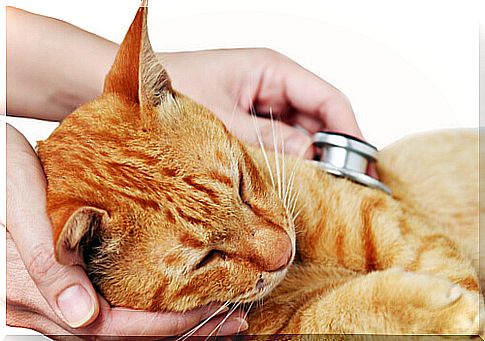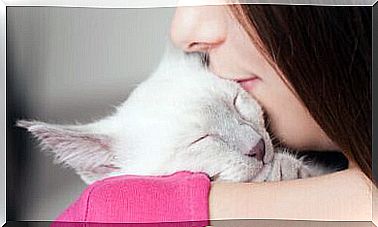Cat Vaccines: Veterinarian, Our Best Ally

Experts tell us that vaccines are essential to ensuring the animal’s health. In cats, the suggested basic vaccines are those that fight rabies, distemper, feline viral rhinotracheitis and feline calicivirus. What about vaccines? What types of diseases do they prevent and how often should we apply them?
The vaccines will help prepare the immune system to fight the invasion of diseases caused by certain viruses. They are very important for cats’ health.
That’s why it’s essential to follow a vaccination schedule according to your pet’s history, environment and lifestyle.
What are the vaccines for cats?

Cat vaccines are divided into two categories, basic and non-basic. The former are considered vital for all cats and to protect them against rabies, rhinotracheitis, feline calicivirus and anleukopenia (feline distemper).
The non-basic ones are given according to the cat’s lifestyle. Some of them are against the leukemia virus, Bordetella, Chylamydophila felis and against the feline immunodeficiency virus .
Adult cats, for example, can be revaccinated annually or every three years.
Below, we share what diseases affect cats that can be prevented with vaccines.
Feline Distemper: is a highly contagious and deadly viral disease. Signs include extreme apathy and loss of appetite. Fever, vomiting and diarrhea are often seen, but some cats die suddenly with few clinical signs.
Feline viral rhinotracheitis and feline calicivirus : these are estimated to be responsible for 80-90% of upper respiratory tract diseases.
While not usually serious in adult cats, illnesses caused by these viruses can sometimes be fatal in kittens. Sneezing, watery eyes, runny nose and fever are the most common symptoms of the infection.
Anger: is a growing threat to cats. It is fatal and is a public health problem. Vaccination against this disease is recommended for all cats and in some countries it is required by law. Kittens must be vaccinated between 12 and 14 weeks of age.
Feline leukemia : spreads through the saliva and nasal secretions of infected cats; it is transmitted through prolonged contact with cats that have the disease, through bite wounds, and also from the infected mother to her kittens.
Chlamydia: is caused by the bacteria Chlamydia psittaci. The conjunctivitis is the most common sign, but it can also be symptoms like runny nose and sneezing. The bacteria are transmitted through direct contact with an infected cat, and the highest rates of infection are found in cats between five weeks and nine months of age.
Feline immunodeficiency virus: it is another viral killer of cats. The main way the virus is spread is through bites.
Other vaccines that can also be found are against feline infectious peritonitis and bordetellosis.
In the case of puppies, they automatically receive antibodies through their mother’s milk if she has a healthy immune system.
When the cat is between six and eight weeks of age, your veterinarian can start administering a series of vaccines at intervals of three to four weeks until reaching 16 weeks.
Recommendations

Vaccines slightly stimulate an animal’s immunity in order to create protection against specific infectious diseases such as those presented here.
This stimulation can create mild symptoms, ranging from pain where the vaccine was given, some fever and perhaps an allergic reaction.
There are also other less common side effects such as tumors at the injection site or some immune disease associated with the vaccination.
It is important to note that vaccines have saved countless lives and play a vital role against feline infectious diseases. As with any medical procedure, there is a small chance of side effects.
In most cases, the risks of vaccines are much less than the risks of the disease itself.
Generally, cats that are vaccinated have no harmful health effects. Reactions to vaccines are usually mild and short-lived. Clinical signs include fever, loss of appetite, vomiting, diarrhea, swelling and redness around the injection site and lameness.









